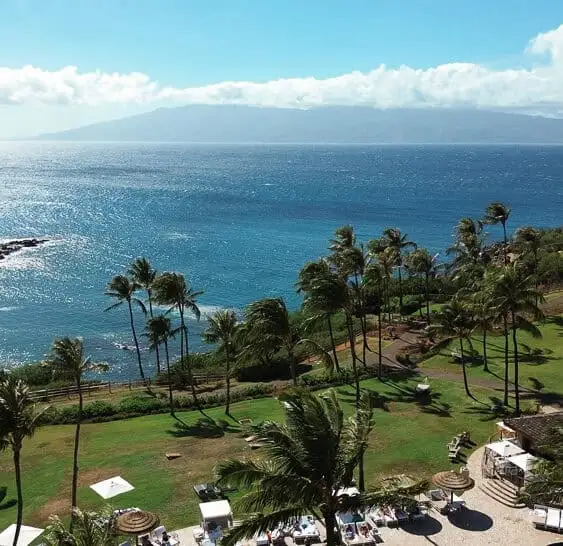While France and Spain struggle with dense tourist crowds, several fascinating European countries experience relatively light foot traffic, making vacation much more enjoyable for those who choose to visit.
You won’t miss out by choosing to visit an underrated country in Europe rather than one with more name recognition. Slovenia boasts some of the bluest water on the continent, while Sofia, the capital of Bulgaria, has architecture that rivals Vienna’s.
These are the underrated European countries you need to visit before it’s too late:
Montenegro
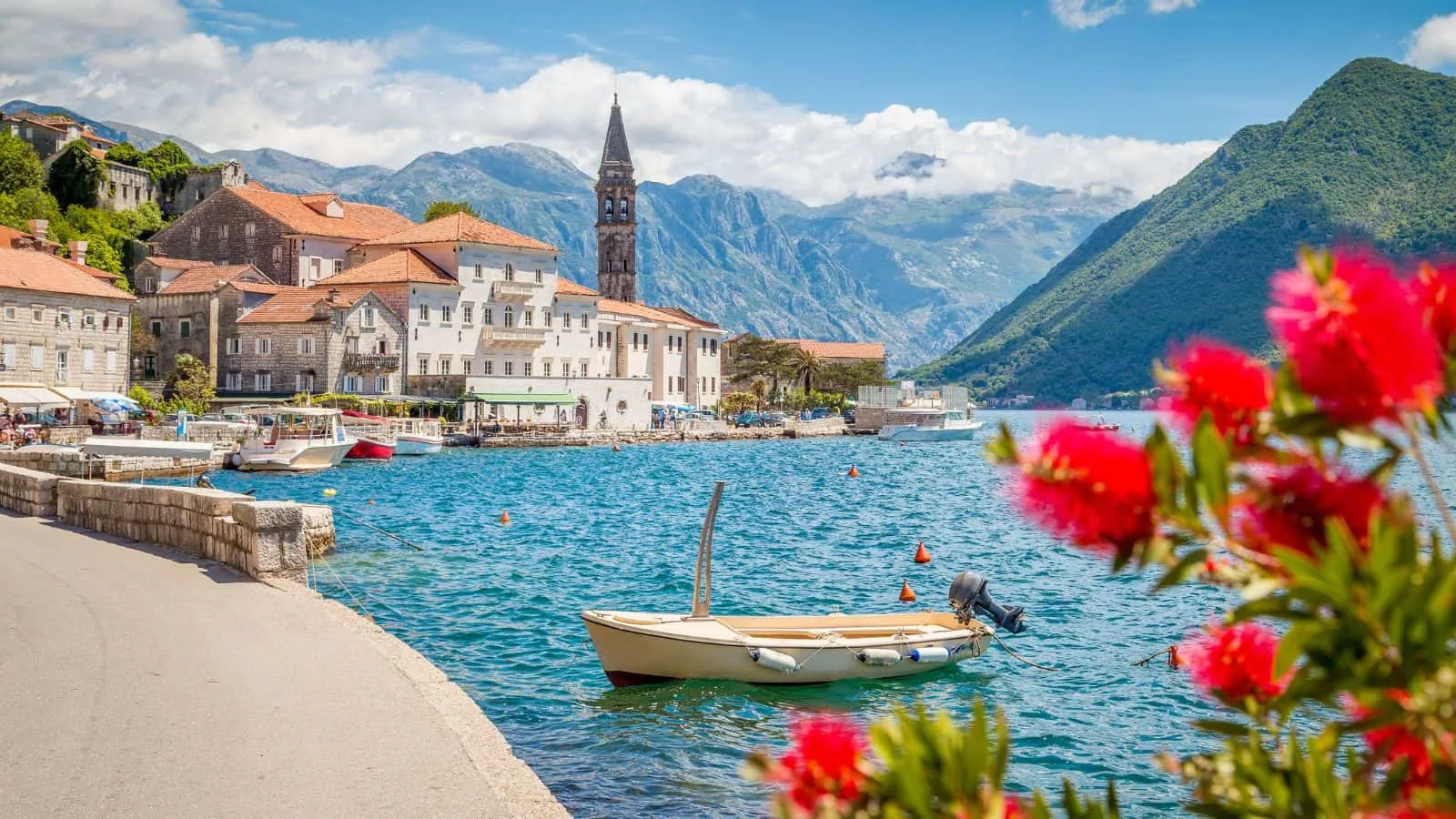
Kotor should be your first stop in Montenegro—a town embraced by the Bay of Kotor. The bay is a fjord-like landscape that rivals Norway’s dramatic coasts but with a Mediterranean spin. Next, the Budva Riviera is a moment for sandy beaches, hidden coves, and dancing until dawn.
Heading into Montenegro’s interior, Durmitor National Park is a UNESCO World Heritage site offers epic hiking, rafting, and skiing. The Tara River Canyon, Europe’s deepest gorge, attracts thrill-seeking visitors for white-water rafting, while the Black Lake is ideal for escaping into nature.
Bulgaria
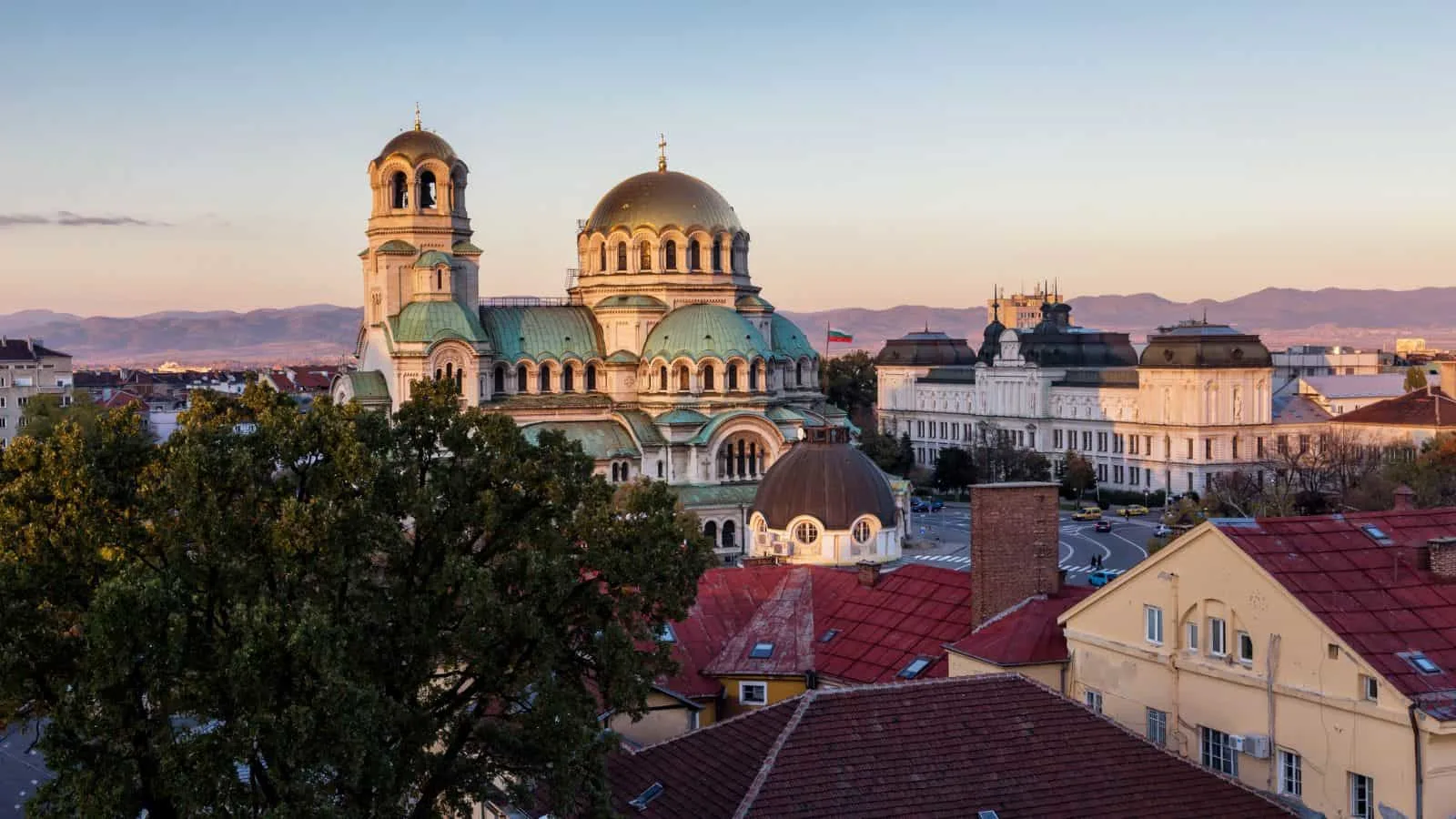
Even during peak season, Bulgaria remains one of the most affordable European countries to visit. Bulgaria’s past stretches back over 7,000 years, reflected in everything from Thracian tombs to medieval fortresses and well-preserved monasteries. Start your adventure in Sofia, the capital, where Roman ruins, Ottoman mosques, and Orthodox churches coexist within a few blocks of each other. You can’t miss seeing the Alexander Nevsky Cathedral’s golden domes and intricate mosaics, while the National Archaeological Museum offers a deep dive into the country’s ancient history.
Outside of Sofia, Plovdiv, one of the world’s oldest continuously inhabited cities, is home to a Roman amphitheater and colorful Old Town. The Rila Monastery, a UNESCO World Heritage site set in the mountains, is worth the drive for its vibrant frescoes and unique architecture. For rest and relaxation, head to the seaside towns of the Black Sea coast, like Nessebar, another UNESCO site. If you’re looking for a lively beach scene, head to Sunny Beach, while Sozopol provides a more laid-back vibe with its historic old town and serene beaches.
Albania
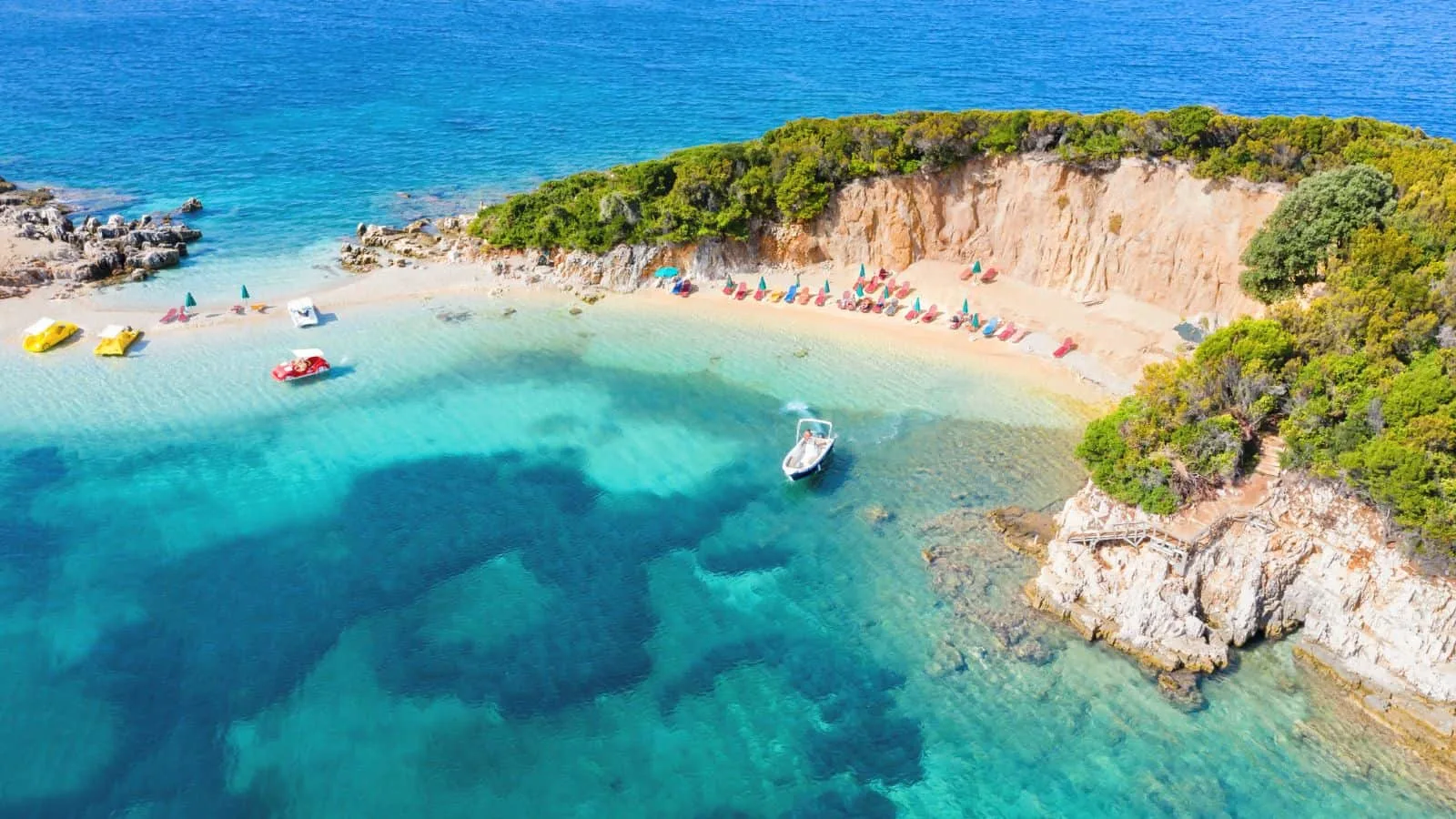
Next to Montenegro is Albania, a Balkan country with the same crystal clear blue beaches that crowds flock down to Greece for. Vuno and Dhermi are two of the best spots on the Albanian Riviera for sinking your feet into soft white sand and cooling off in the water.
Albania’s history is equally as worthwhile. See the ancient ruins of Butrint, a UNESCO World Heritage Site, or go to the Ottoman-era towns like Gjirokastër with architecture totally unlike Western Europe. To escape the city, head to the Albanian Alps, often called the Accursed Mountains, which are beautiful and still largely off the beaten path.
Estonia
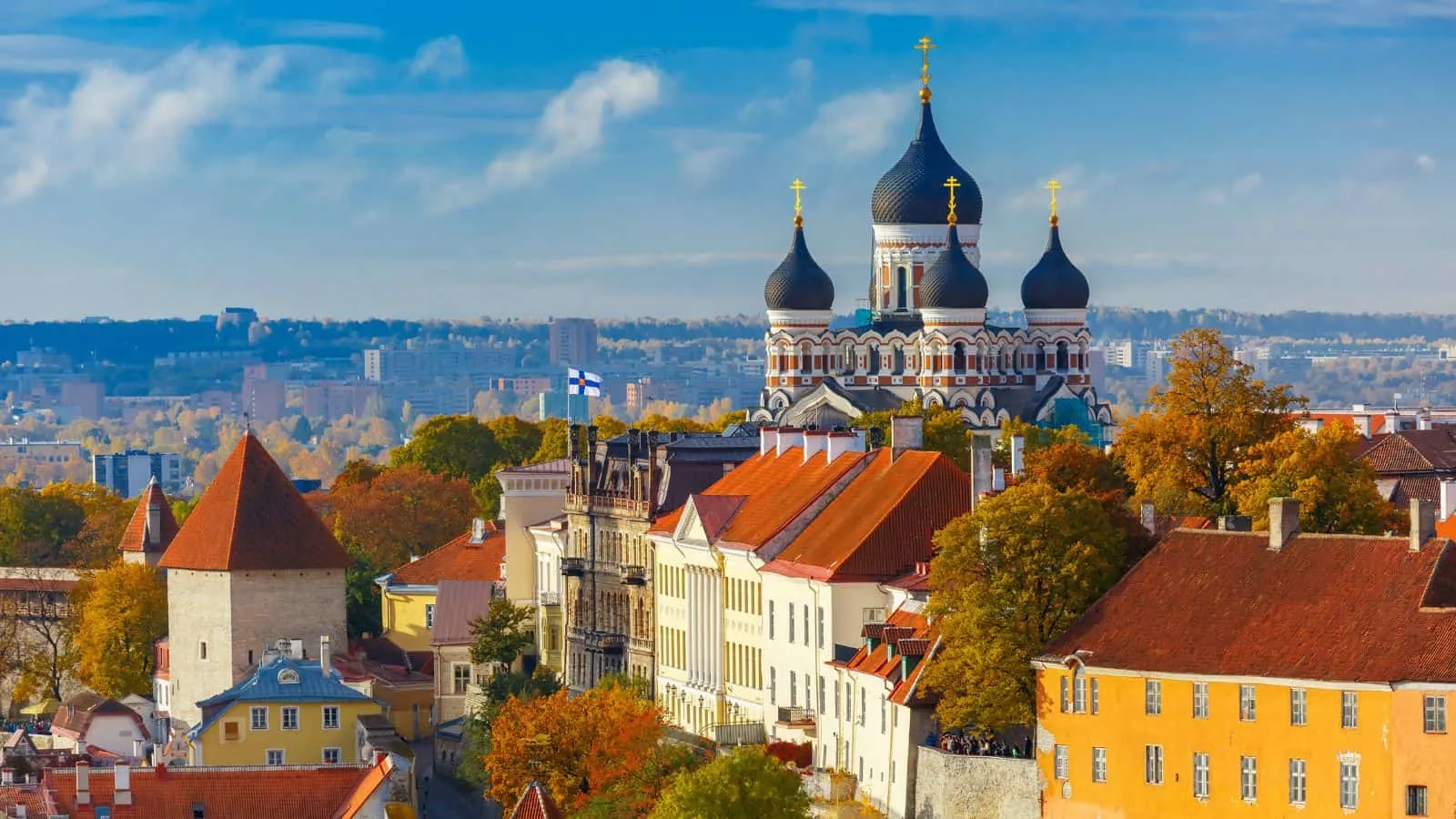
Medieval Tallinn is covered in cobblestone streets, towering spires, and centuries-old buildings. The city’s Old Town is a UNESCO World Heritage site for the ancient walls and historic squares. At night, Tallinn becomes a contemporary city with underground clubs, hidden speakeasies, and cozy pubs. For these reasons, Estonia is one of the best cities for remote workers.
Estonia is home to over 2,300 islands, spanning from Saaremaa, the largest island with a rugged coastline, to Hiiumaa, an island off the beaten path with deserted beaches, magical forests, and iconic lighthouses. Over half of the country is covered in forests, which can be experienced by hiking through the bogs of Lahemaa National Park, canoeing in Soomaa National Park, or bird-watching on the shores of Matsalu.
Romania
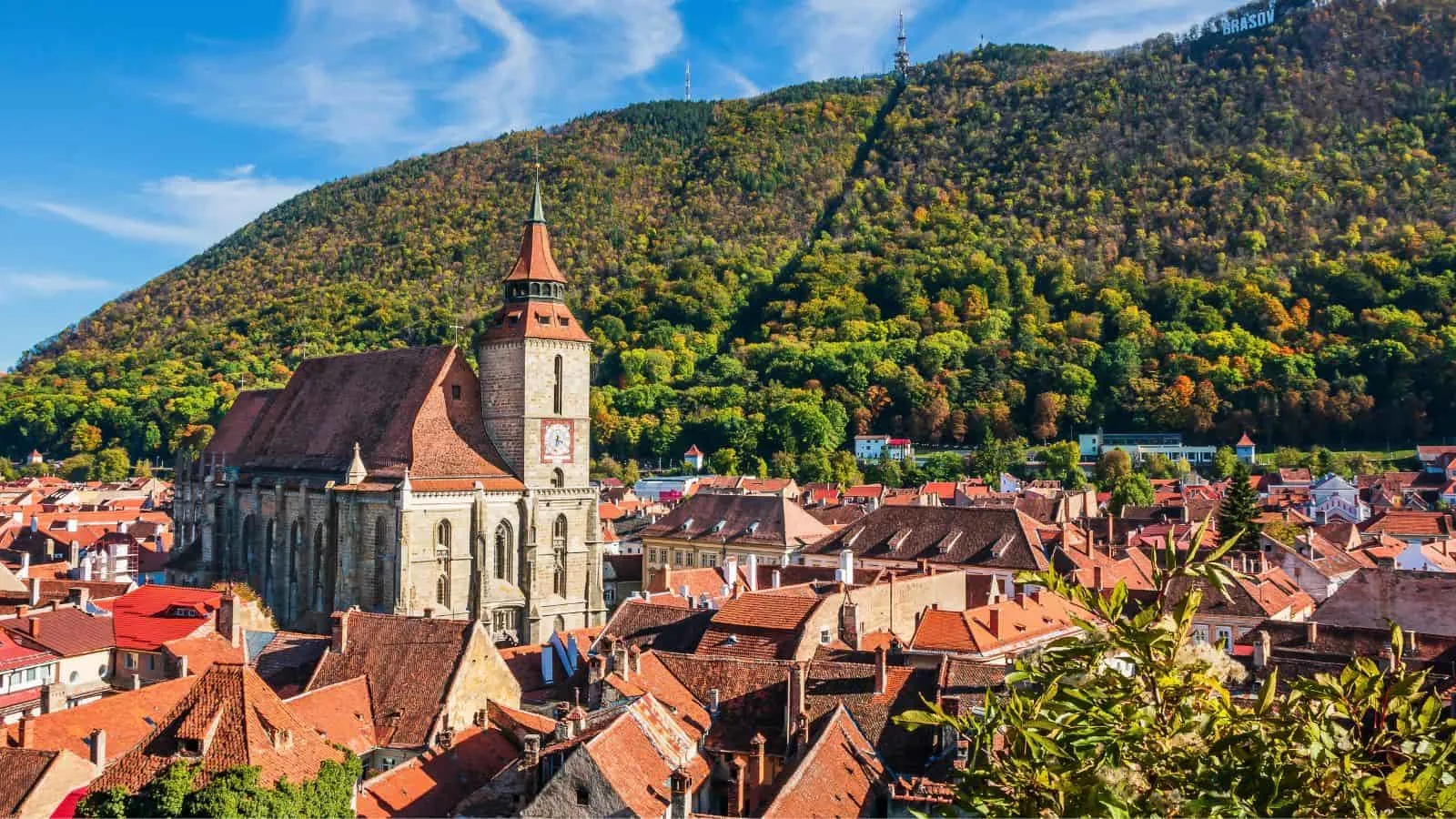
Transylvania—home to Count Dracula—is a real place. Don’t let the vampire stories fool you. Transylvania is more scenic than spooky. Quaint villages are surrounded by the Carpathian Mountains, where mist drifts through the valleys. Discover fortified churches, get lost in ancient forests, or tour Bran Castle, the inspiration for Dracula’s castle.
Grand boulevards are lined with Belle Époque architecture, and gritty street art-covered alleys cover Bucharest, known as the “Paris of the East.” Visit the colossal Palace of the Parliament (the heaviest building in the world) and sip craft cocktails in a hidden garden bar. Past Bucharest, the Danube Delta is a UNESCO World Heritage site and one of the most biodiverse places in the world. The Retezat National Park is also a top sight in the country, filled with crystal-clear glacial lakes, jagged peaks, and trails that take you deep into the wilderness.
Bosnia and Herzegovina
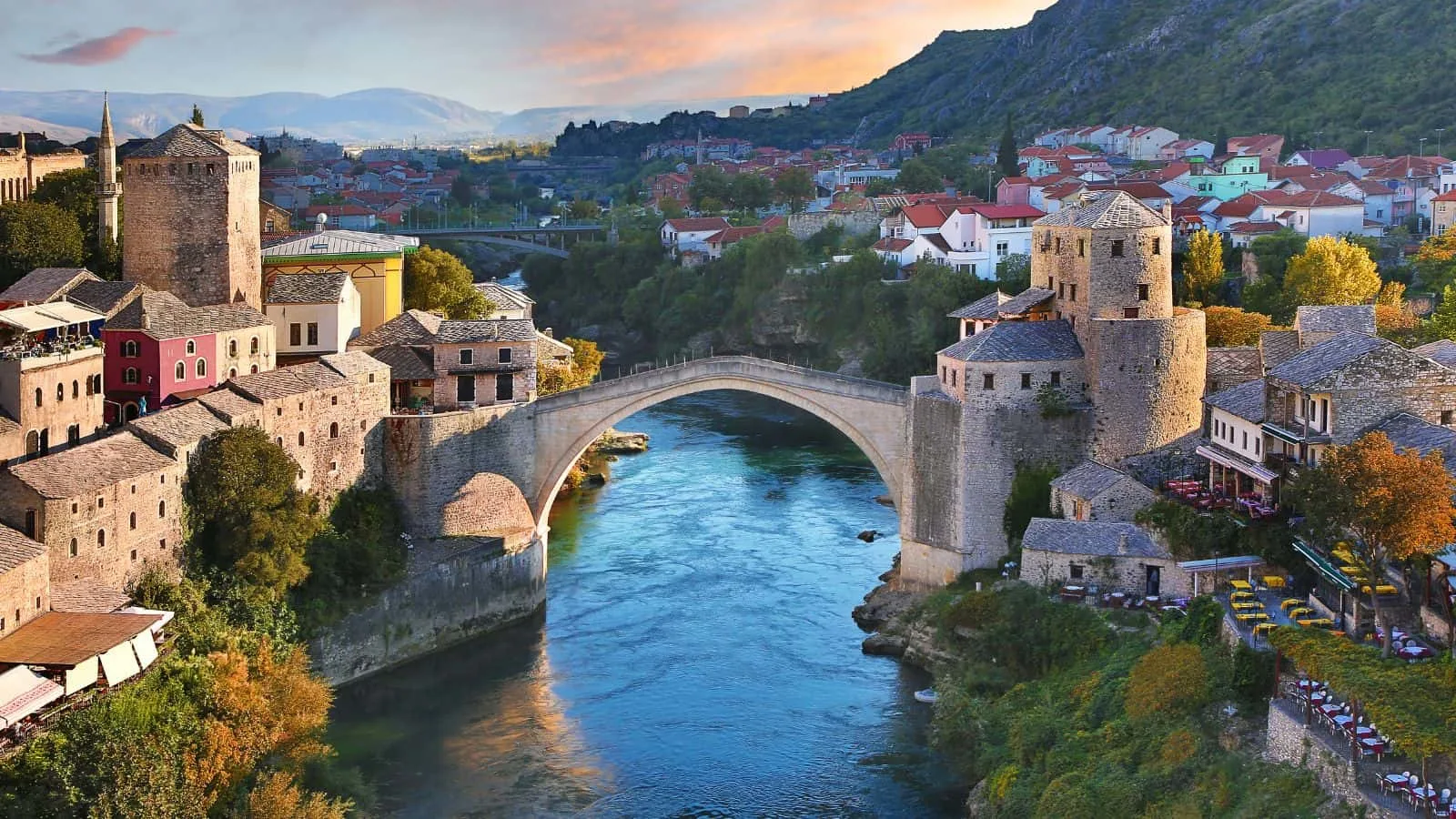
Start your trip to Bosnia and Herzegovina in Sarajevo, where Ottoman minarets rise next to Austro-Hungarian facades. The city’s Old Town, Baščaršija, is a place to sip on a strong Bosnian coffee, tuck into a plate of ćevapi, and take in the buzz of your surroundings.
Outside of town, Una National Park is home to turquoise waters and cascading waterfalls, and the Dinaric Alps offer some of the best hiking in Europe. In the winter, Bosnia and Herzegovina becomes a budget-friendly skiing destination in resort towns of the Dinaric Alps, like Jahorina. It’s here, around Sarajevo, that the 1984 Winter Olympics were held.
Latvia
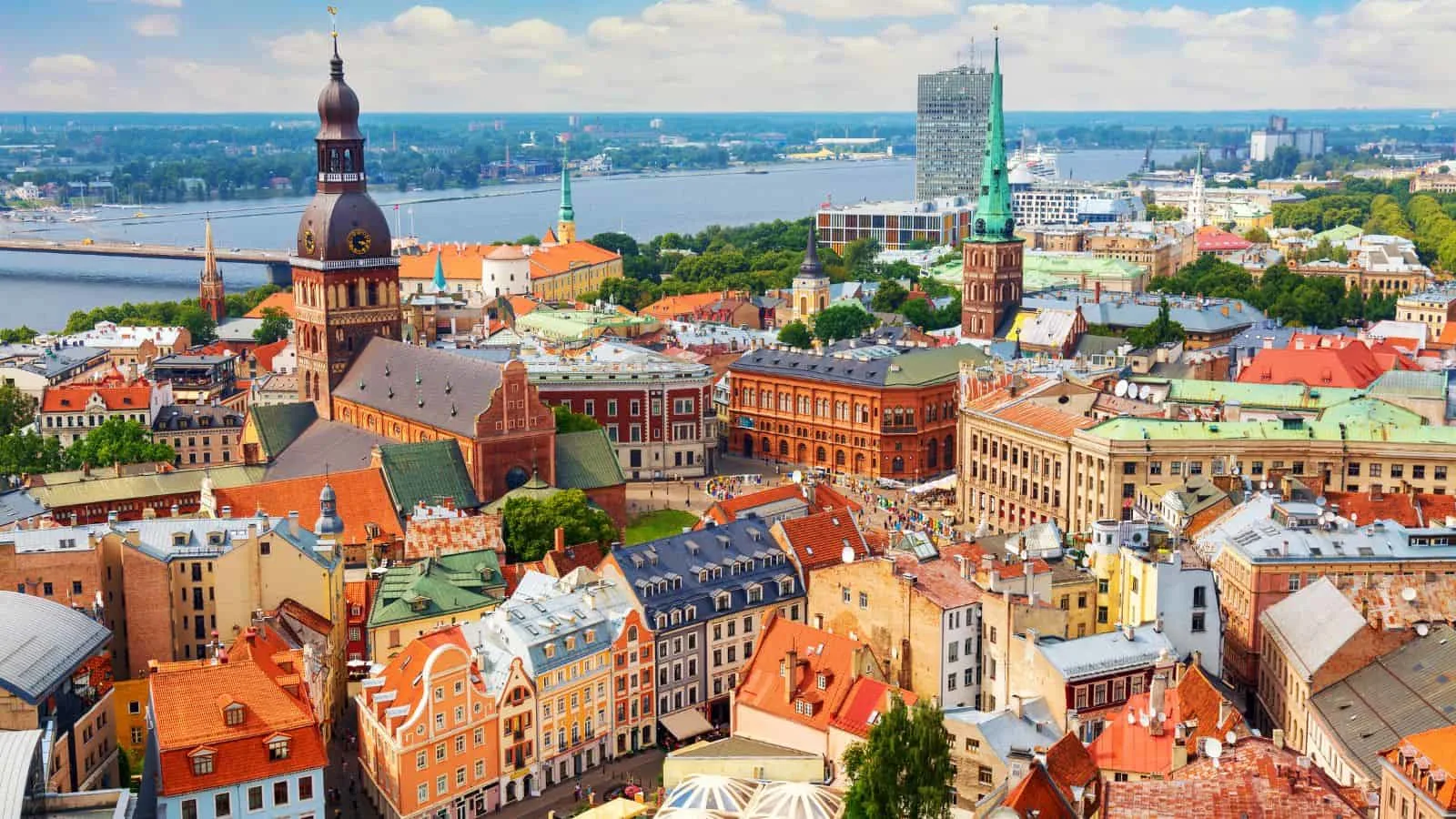
The Old Town of Riga, Latvia’s capital, is a UNESCO World Heritage site, and once you turn through the medieval buildings and hidden courtyards, you’ll understand why. In modern Riga, you can spend your days exploring museums and art galleries, then hit up one of the many hip bars for a cocktail or two as the sun sets over the Daugava River. Riga’s balance of culture and modern amenities makes it one of the best cities for retirement in Europe.
Dense forests, pristine lakes, and miles of untouched beaches are to be uncovered along the Baltic Sea. Gauja National Park is one of the best places for this, but to fully unwind in the fresh sea air, head to Jurmala, Latvia’s famous seaside resort town.
Serbia
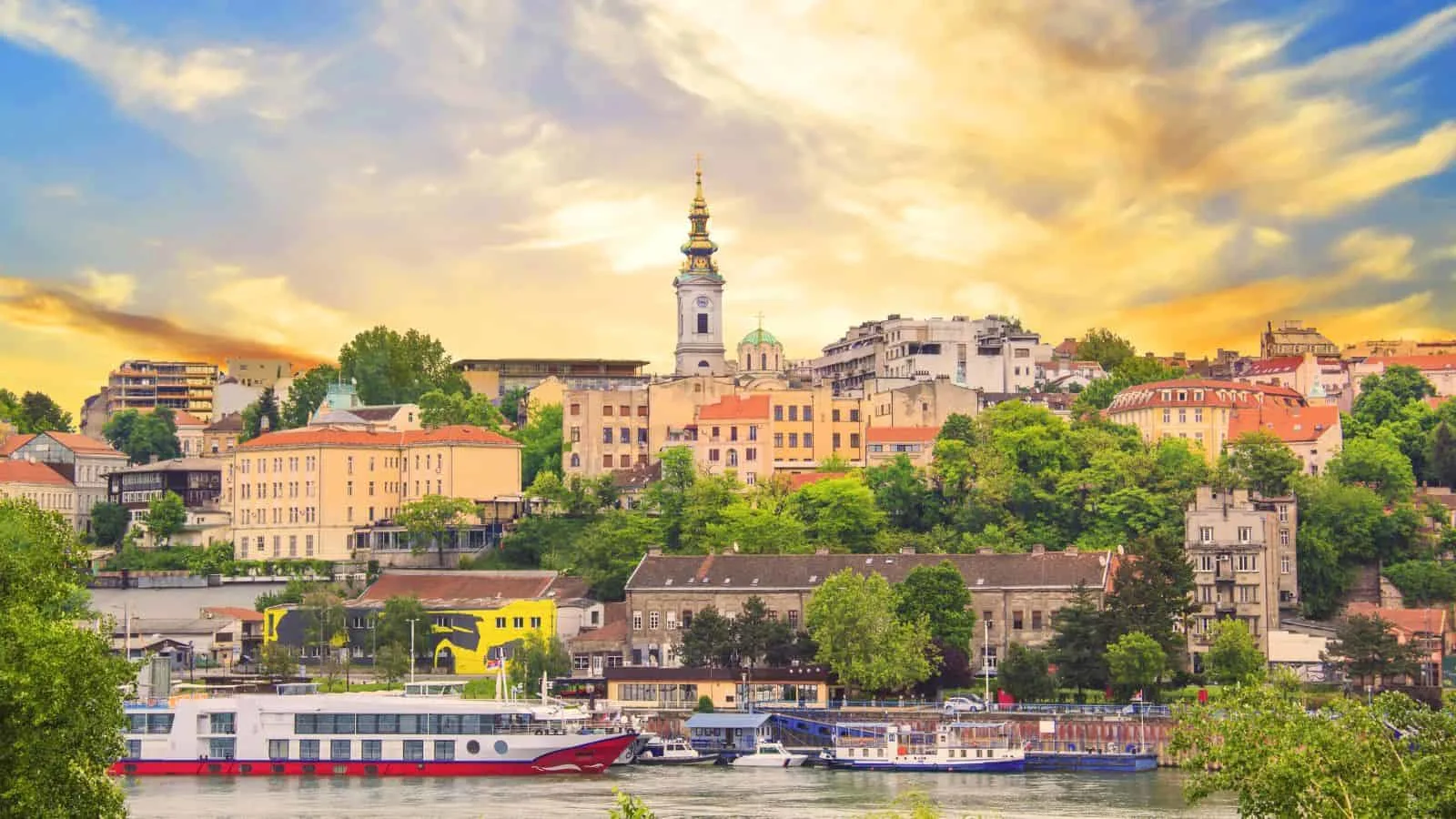
Explore Belgrade’s bohemian quarter of Skadarlija or party on one of the city’s famous splavovi (floating river clubs) along the Danube and Sava rivers—either way, you’ll have a good time in this lively city. Belgrade is full of history, with ancient fortresses, grand Orthodox churches, and Communist-era buildings standing side by side, telling the story of Serbia’s complex past. Belgrade’s quiet existence allows it to remain one of the most affordable cities in Europe.
Beyond Belgrade, the Vojvodina region’s vineyards, the Tara National Park mountains, and charming villages like Sirogojno offer a chance to escape into the countryside. Many of the monasteries in Serbia’s countryside date back to the medieval period and are UNESCO World Heritage sites, like Studenica and Sopoćani.
Slovenia
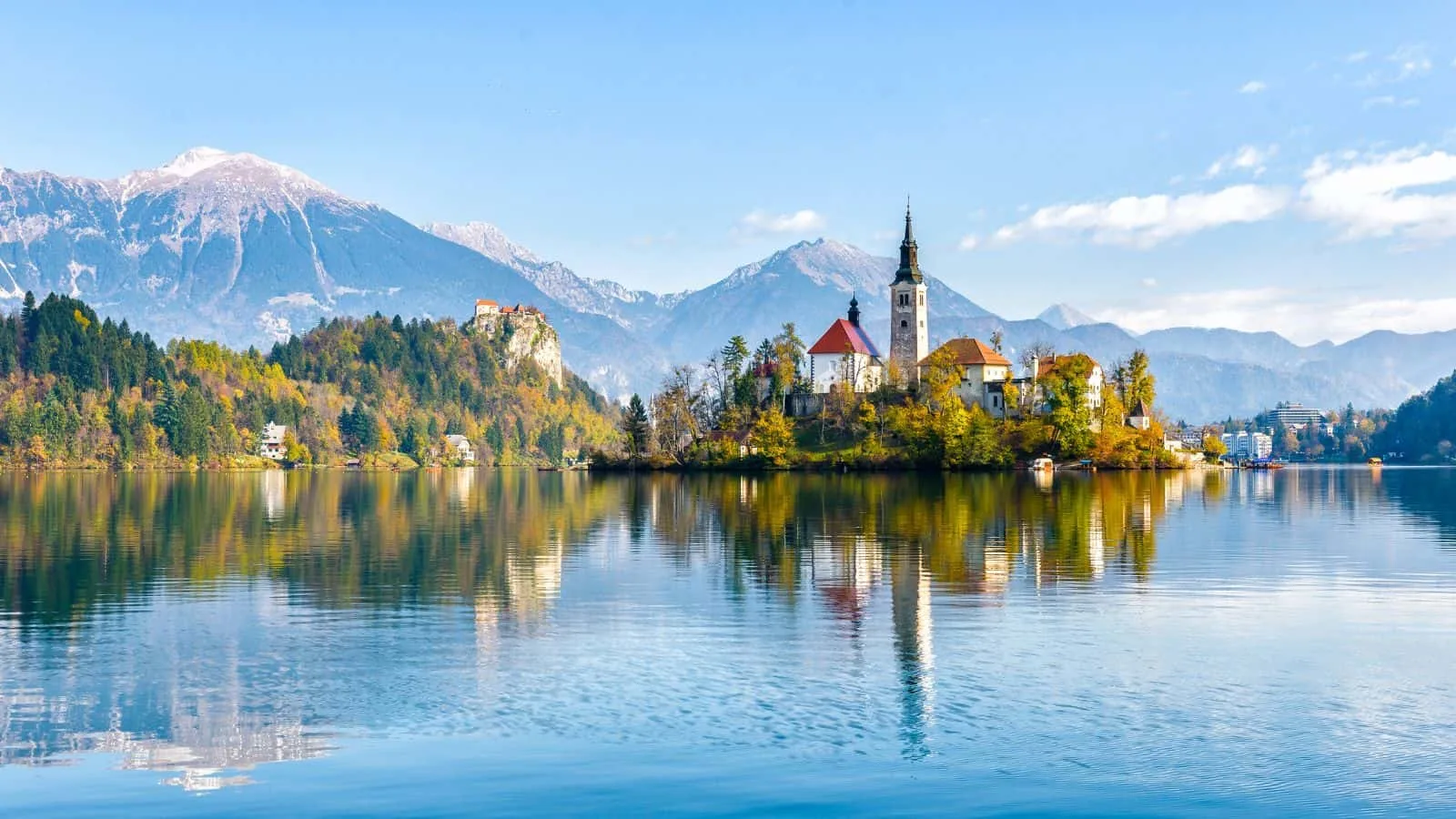
Located between Italy, Austria, and Croatia, this small country is filled with emerald lakes, towering mountains, and lush forests that paint a scene straight out of a storybook. Lake Bled is the most well-known of these attractions, but it’s only the beginning. Bled’s church-topped island and medieval castle overlooking the turquoise waters are instantly recognizable. After taking a traditional pletna on the lake, head to Lake Bohinj for a more secluded vibe or hike through Triglav National Park, where you can chase waterfalls and conquer peaks.
Ljubljana, Slovenia’s capital, balances medieval architecture with a funky, free-thinking autonomous zone. The city is laidback and (welcomingly) a little sleepy. Walk the waterfront, crowwing over Dragon Bridge before taking the funicular to Ljubljana Castle. In the afternoon, take a taxi to Metelkova, where vibrant street art covers every building.
Georgia
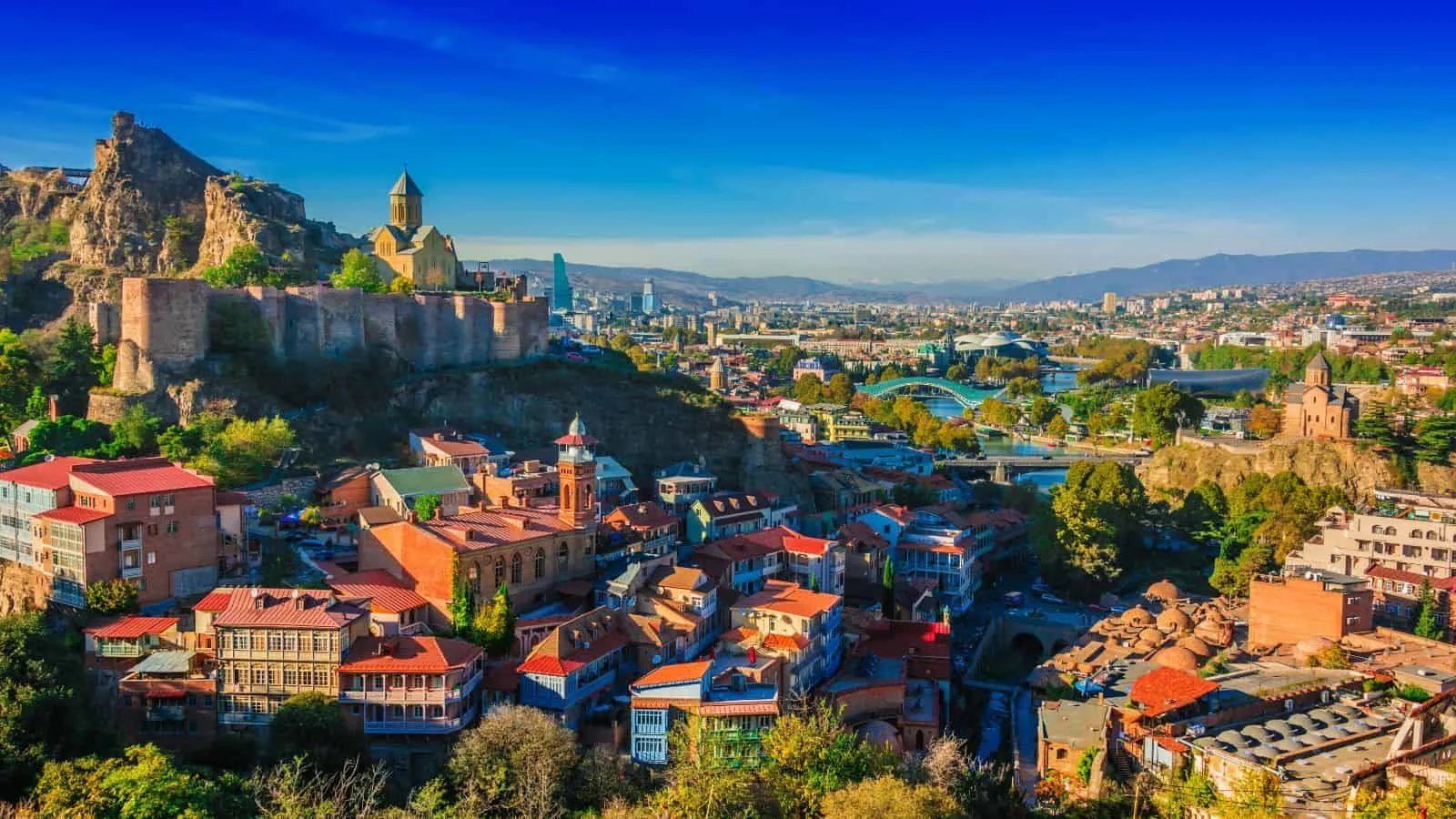
Rolling vineyards, dramatic mountain ranges, and deep valleys cloak Georgia. The country’s Caucasus Mountains beckon to adventure travelers with hiking trails that offer some of the most incredible views you’ll ever see. In Kazbegi, you can hike to the Gergeti Trinity Church with Mount Kazbek standing tall behind it. For cosmopolitans, Tbilisi, the capital, is a quirky, charming city where crumbling buildings sit alongside hip cafes and restaurants serving comforting Georgian cuisine. Cheesy khachapuri and juicy khinkali dumplings grace tables paired with eclectic Georgian wine.
Georgia is where orange wine originated. For this reason, a trip to the Kakheti wine region, which has over 8,000 years of winemaking tradition, is a must. Here, you’ll find family-run wineries barreling and pouring some of the country’s best. Mountains tower over endless rows of vineyards, creating an idyllic weekend escape.
Macedonia (North Macedonia)
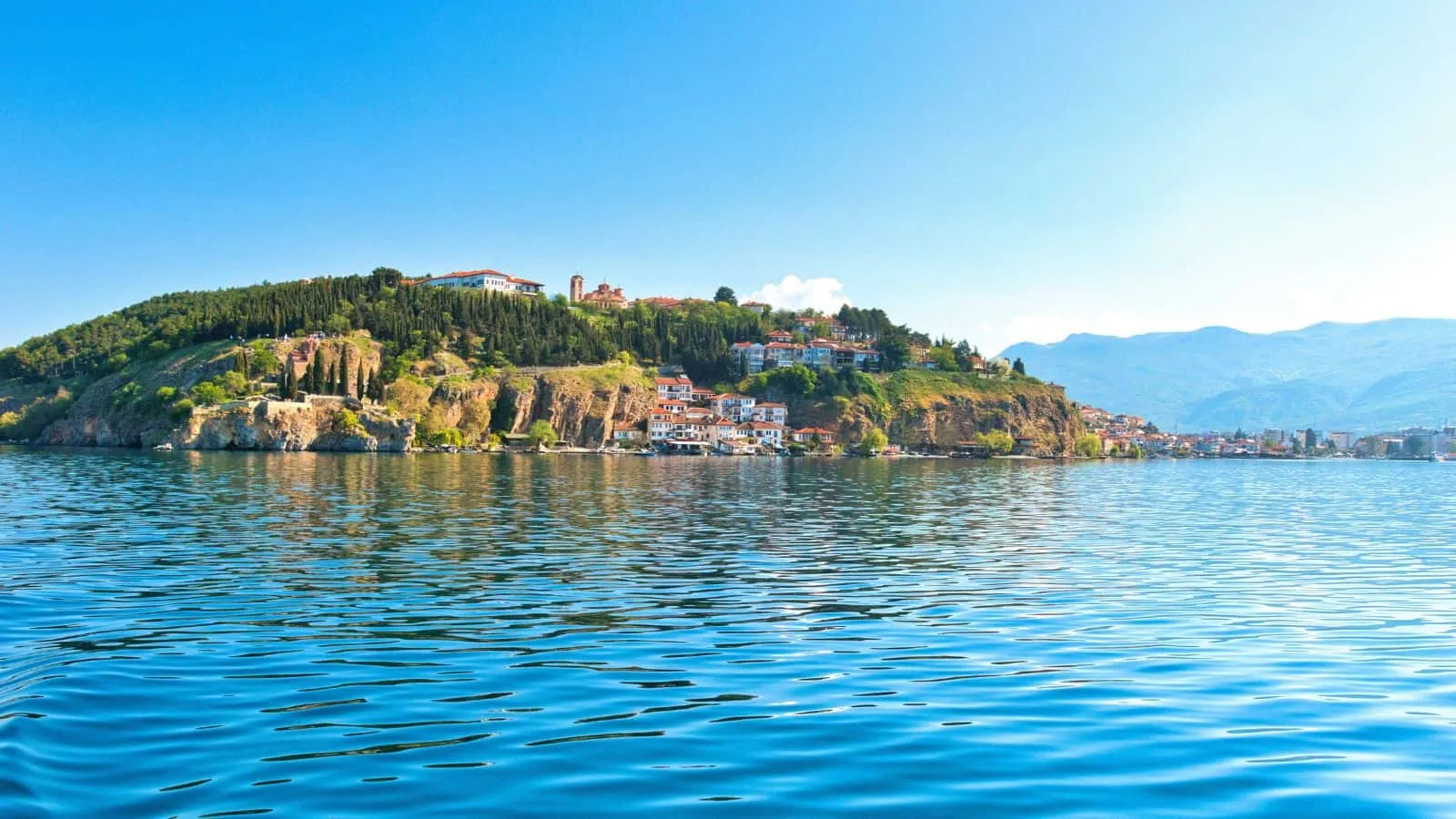
Macedonia, or North Macedonia as it’s officially known, is one for natural beauty. Lake Ohrid is a UNESCO World Heritage site that’s one of Europe’s oldest and deepest lakes. The town of Ohrid, perched on its shores, is a step back in history made evident by Byzantine frescoes. In Galicica National Park, embark on a hike to glimpse Lake Ohrid’s shores from above.
Skopje, Macedonia’s capital, mixes old and new. Stone Bridge, a centuries-old Ottoman relic, isn’t far from a bustling square filled with statues and fountains, part of the city’s ambitious urban renewal project. The kaleidoscopic Old Bazaar, with its maze of alleys, vibrant markets, and intimate teahouses, is the perfect place to get lost. Further from Skopje, the ancient city of Heraclea Lyncestis, near Bitola, is a fascinating site where you can explore Roman ruins, including beautifully preserved mosaics.
Moldova
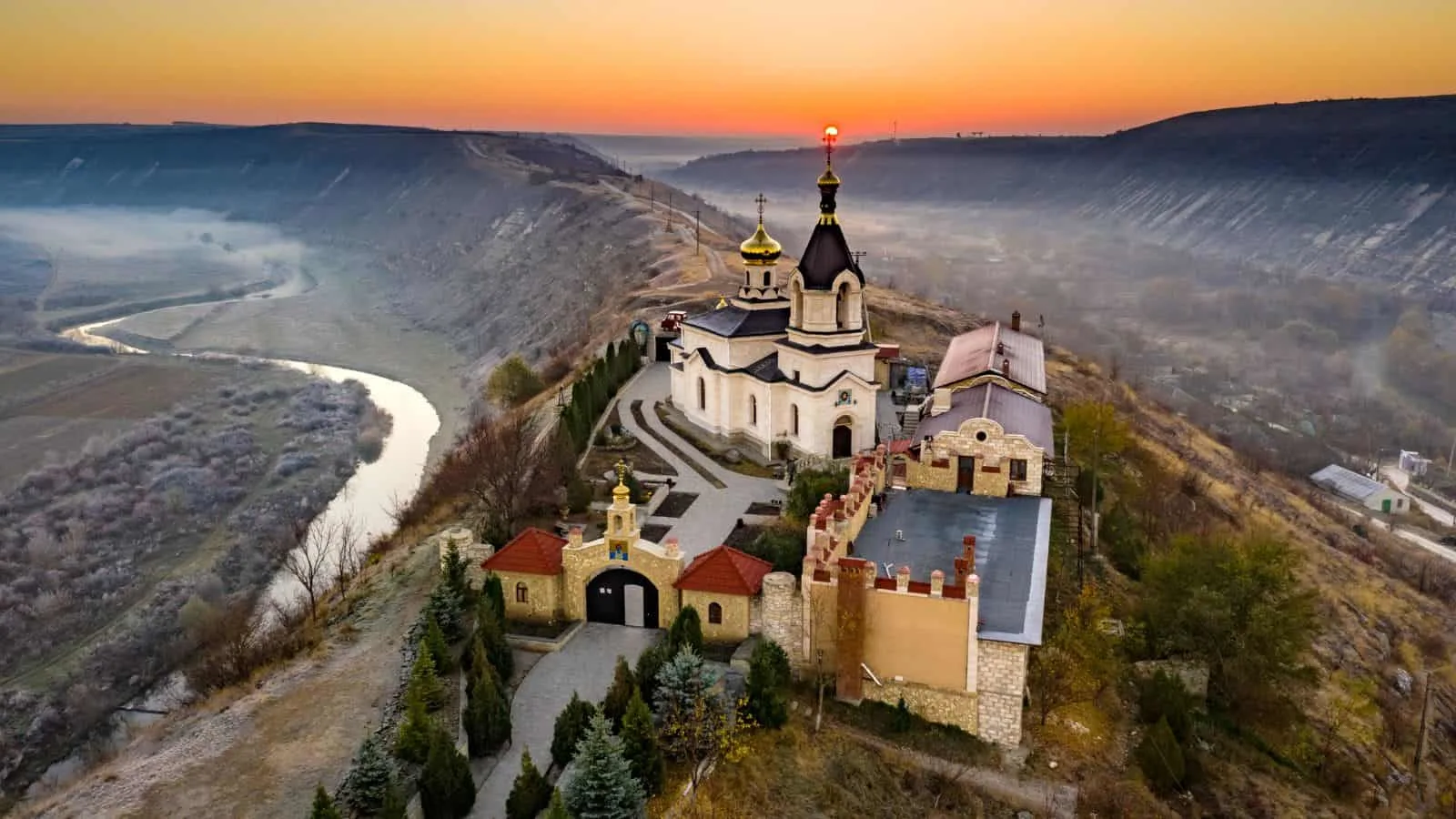
Though it may not be obvious, Moldova is home to some of the oldest wine traditions in the world. with expansive vineyards and wine cellars that double as underground cities. The Mileștii Mici winery holds the Guinness World Record for the world’s largest wine collection, a testament to Moldova’s dedication to the beverage.
The capital, Chișinău, is the beating heart of this quirky country. Soviet-era architecture contrasts with cool cafes, leafy parks, and an energetic nightlife scene. Stroll down Stefan cel Mare Boulevard or pop into the National Museum of History. Out in the countryside, Moldova’s rural landscapes are famous for their sunflower fields and monasteries perched on cliff edges, like the Orheiul Vechi Monastery Complex, calling out to travelers in need of rest.
Lithuania
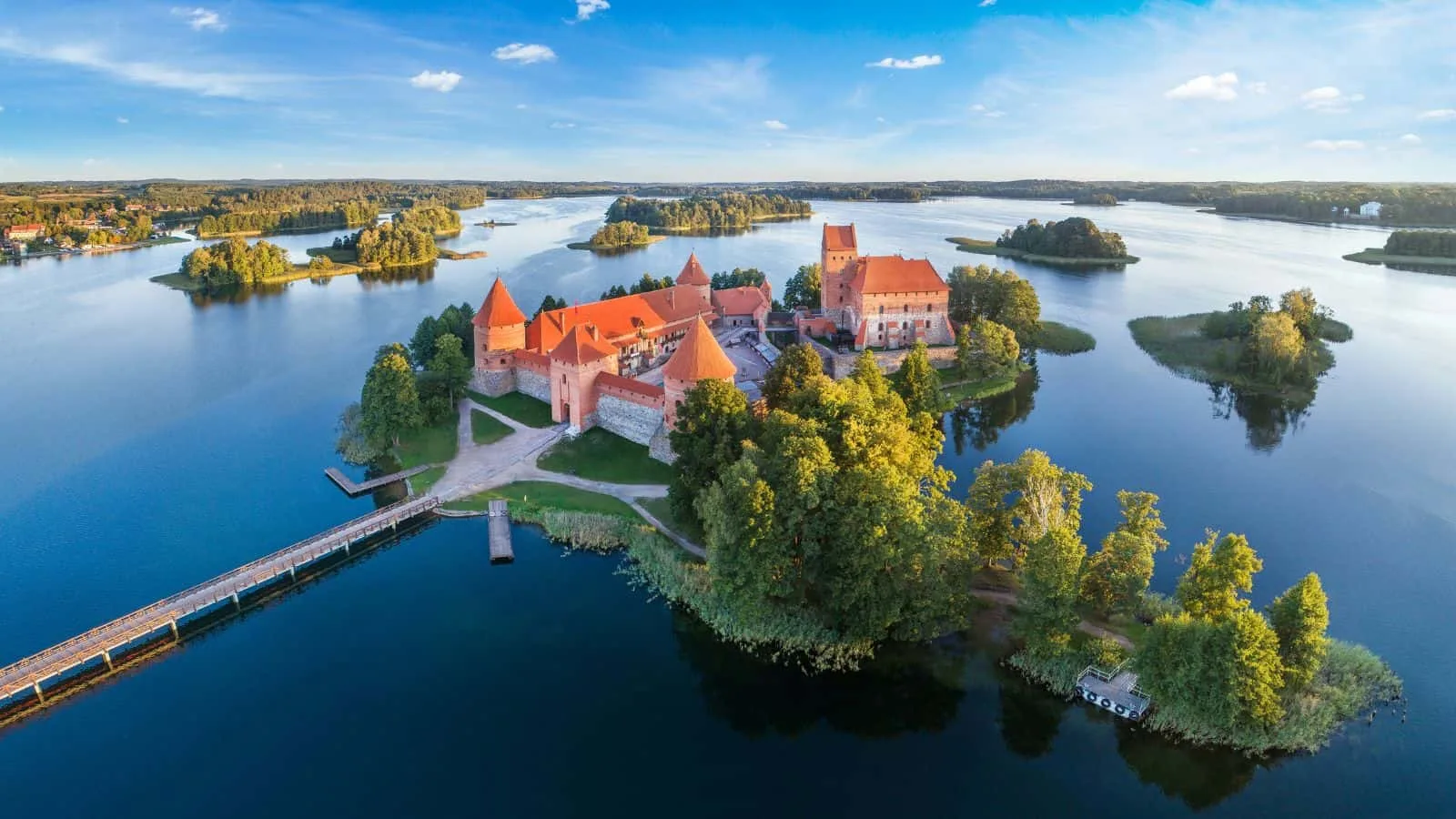
A gem in Eastern Europe between Latvia, Poland, and Belarus, Lithuania is best known for Vilnius, a capital city whose Old Town boasts baroque beauty. Vilnius is one of Europe’s largest medieval old towns, with a sea of red rooftops and church spires on its skyline. Gediminas’ Tower stands proudly at the top, offering panoramic views worth climbing. In contrast, the Užupis district is a mini bohemian republic with its own quirky constitution and an artsy atmosphere that feels like a constant festival.
Just a short trip from the capital, Trakai is famous for its picturesque castle on an island in the middle of a lake. Then there’s the Curonian Spit—a narrow strip of land that separates the Curonian Lagoon from the Baltic Sea. This UNESCO World Heritage site is a paradise of endless sand dunes, pine forests, and quaint fishing villages. If you’re into dark tourism, the Hill of Crosses near Šiauliai awaits. This haunting site is covered in hundreds of thousands of crosses, each one left by pilgrims as a symbol of faith and resistance—a powerful reminder of Lithuania’s resilience.
Kosovo
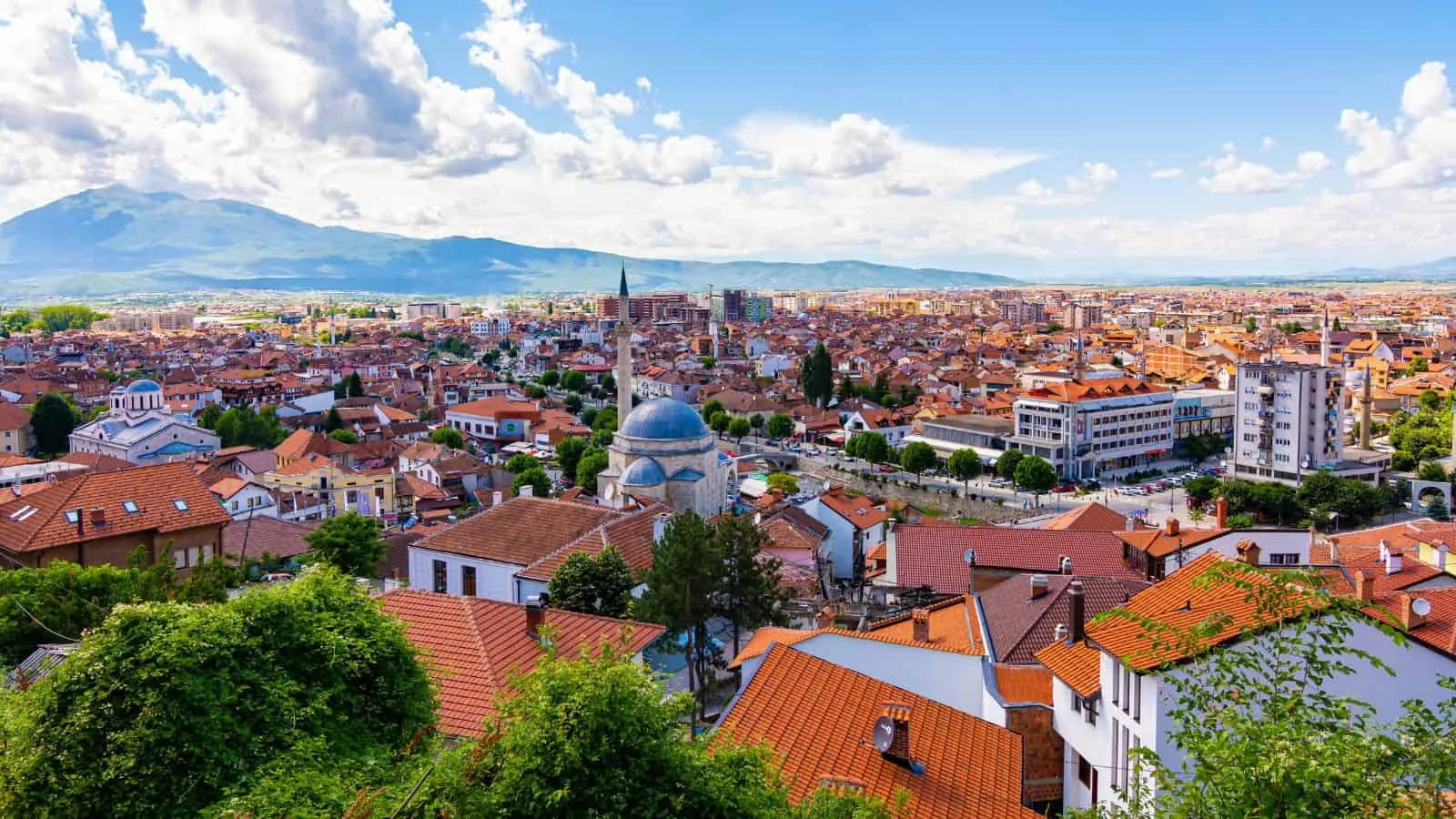
Kosovo is one of the continent’s youngest countries, still widely undiscovered by international tourists. The capital, Pristina, blends Ottoman, Serbian, and Albanian influences. Top things to do include viewing the somewhat controversial architecture of the National Library and seeing the Newborn monument, which celebrates the country’s independence.
Kosovo’s towns and villages are where you’ll really get a sense of its rich cultural heritage. Take Peja with the Patriarchate of Peć, a Serbian Orthodox monastery that dates back to the 13th century. Alternatively, Prizren is a city often hailed as Kosovo’s cultural capital. Cobblestone streets are lined with well-preserved Ottoman-era buildings. The Kalaja Fortress, perched high above the city, offers panoramic views worth taking a hike to.
Luxembourg
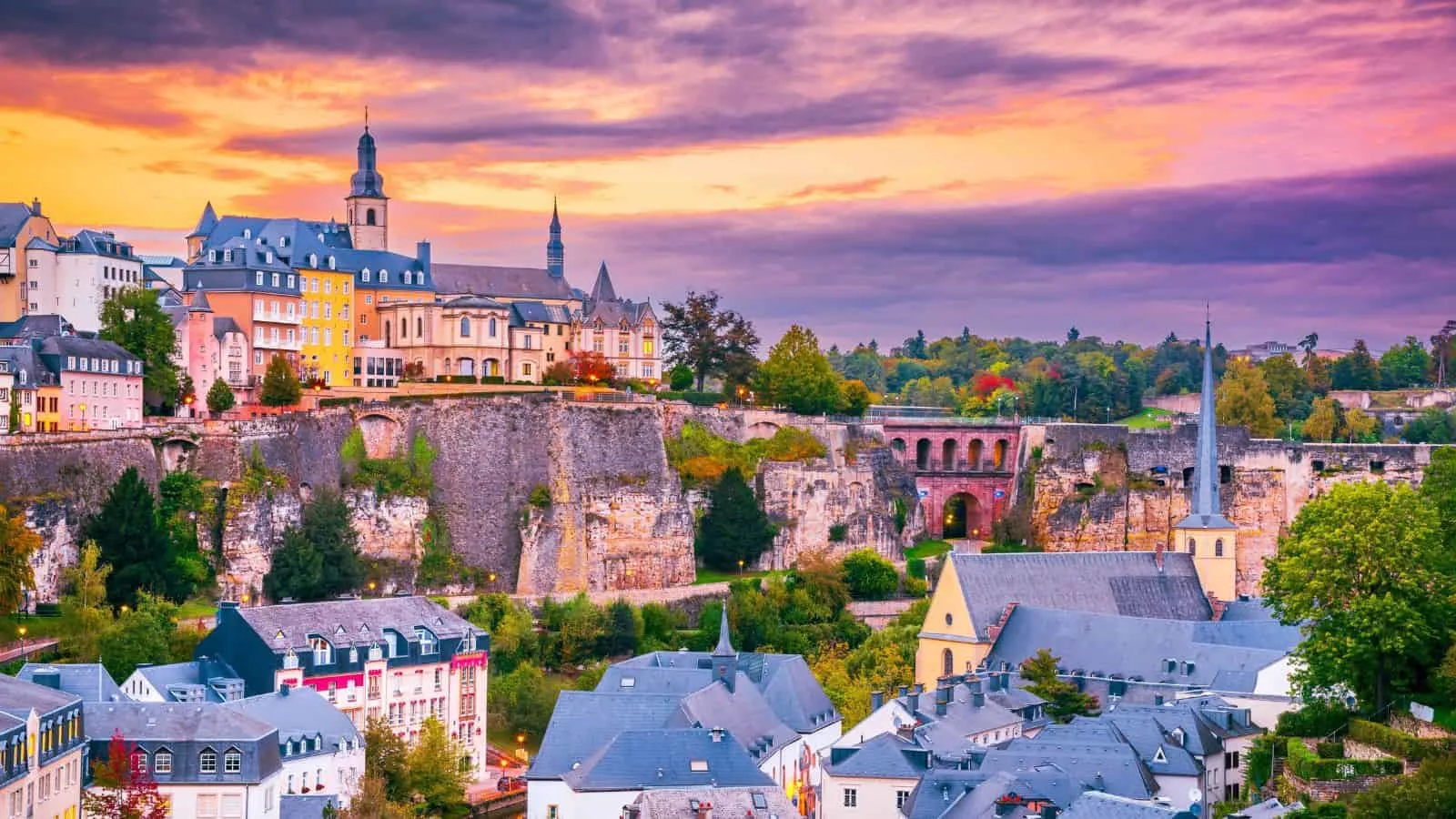
Luxembourg might be one of Europe’s smallest countries, but it packs a punch that far outweighs its size. Luxembourg City’s Old Town is a UNESCO World Heritage site for its ancient fortifications and squares. Get lost in the Bock Casemates, an underground network of tunnels carved into the rock, or try catching a glimpse of the reigning Grand Duke and his family at Grand Ducal Palace. End your day in Luxembourg City with a performance at the Philharmonie Luxembourg, which has striking modern architecture.
Luxembourg’s culinary scene is a delicious fusion of French finesse and German heartiness. Bistros serve local specialties like Judd mat Gaardebounen (smoked pork with broad beans), while upscale restaurants push the boundaries of gourmet cuisine. Try a slice of Quetschentaart (plum tart) or a buttery croissant paired with a strong cup of coffee for an afternoon pick-me-up.
Andorra
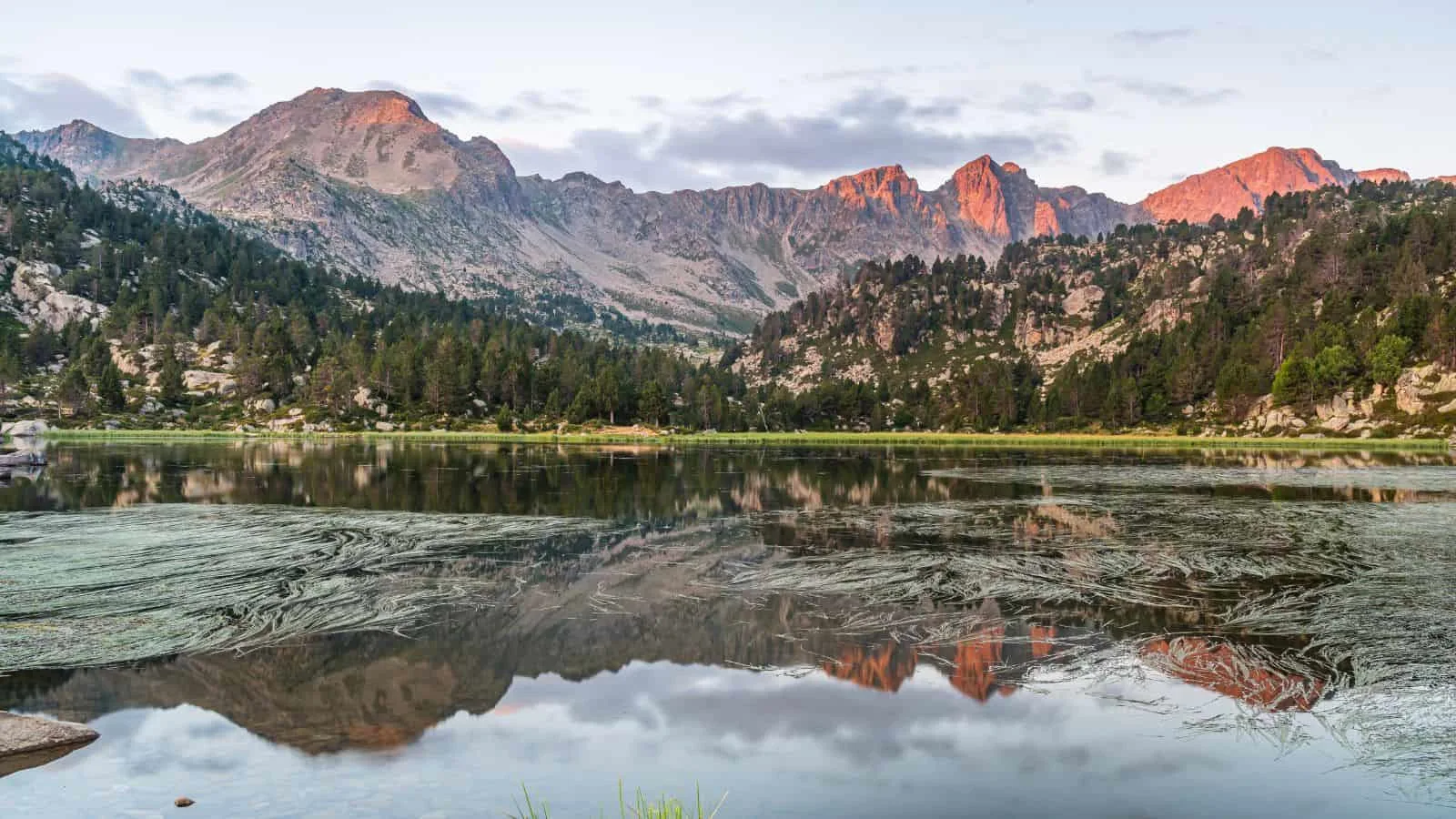
High up in the Pyrenees between France and Spain, Andorra is waiting to be explored, like one big Alpine postcard. The hiking trails here are spectacular, taking you through pristine landscapes. In the winter, Andorra transforms into a snow-covered paradise, with world-class ski resorts like Grandvalira and Vallnord offering some of the best slopes in Europe.
In the capital city, Andorra la Vella, the historic old town of Barri Antic, is a maze of narrow streets lined with centuries-old stone houses, boutiques, and cafés. The modern side of the city is encompassed by luxury stores for duty-free shopping and the iconic Caldea Spa, one of the largest thermal spas in Europe, where you can unwind in style after a day of exploring.
These European countries have surprising travel warnings
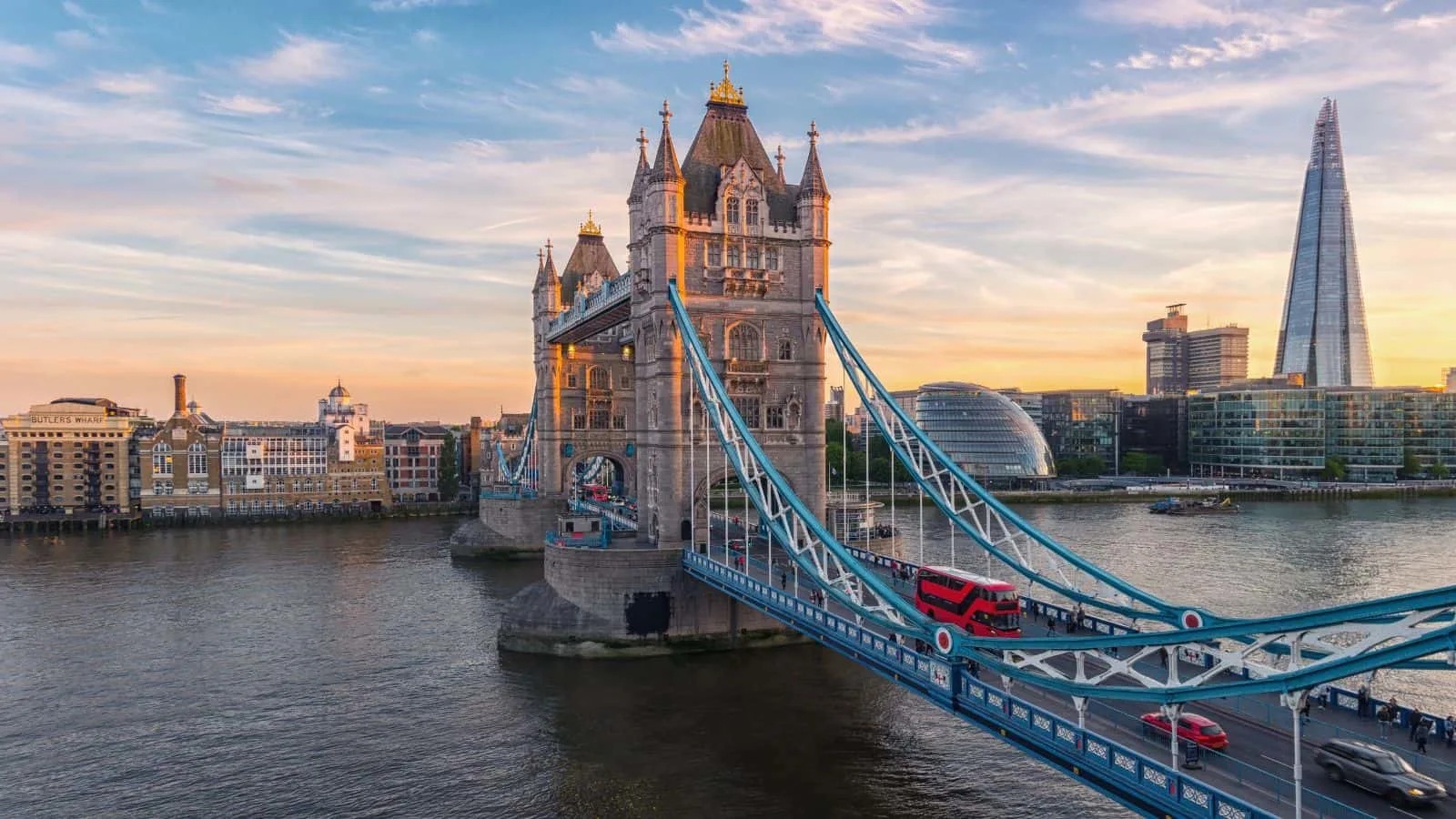
Though countries like the United Kingdom and France are typically seen as being very safe places to travel, they aren’t without risks you should know about before booking that flight.
13 Surprising European Countries with Travel Warnings
Hit the road for Europe’s most breathtaking sights
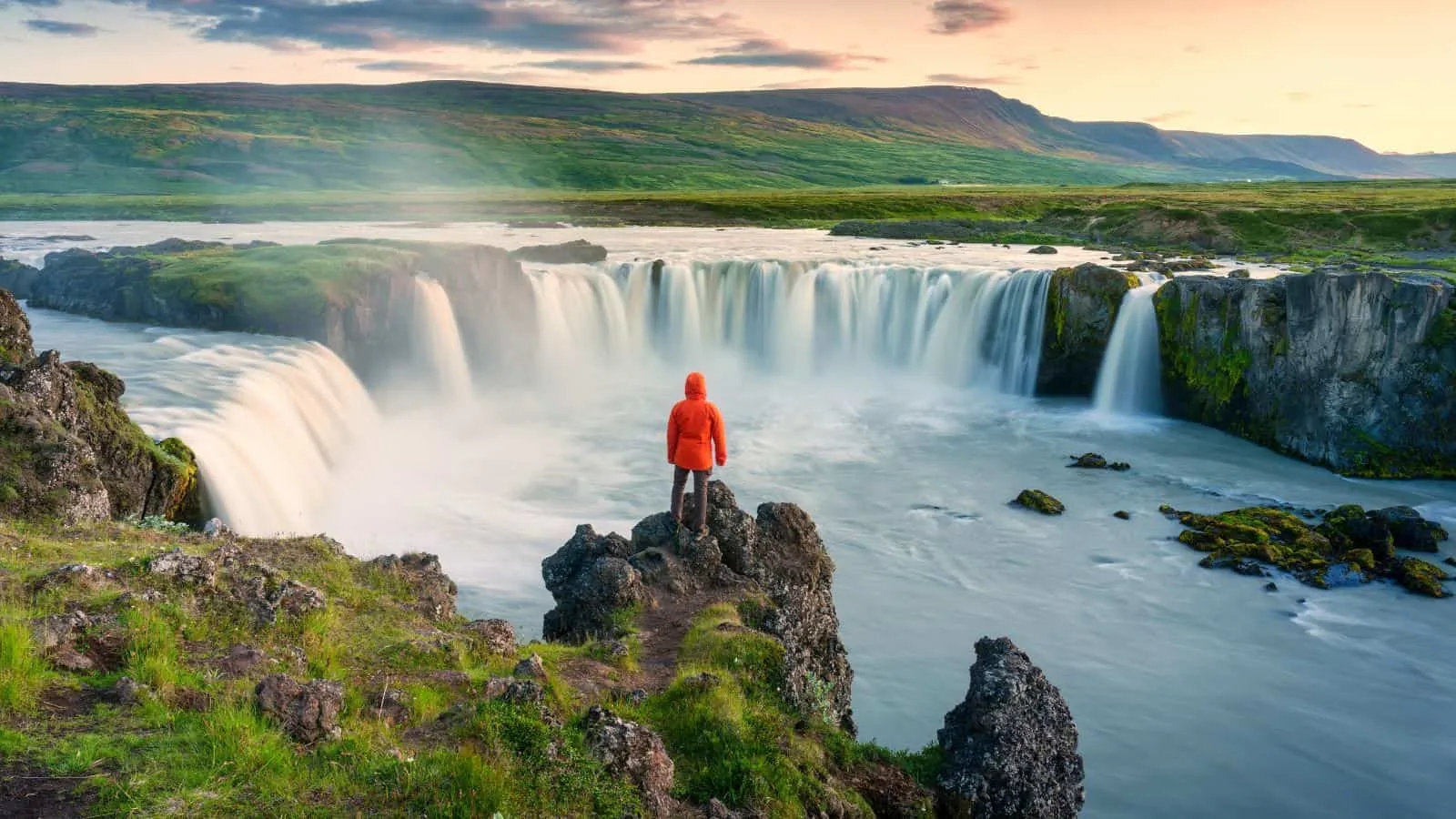
Taking a road trip while in Europe is one of the best ways to experience the continent’s stunning natural landmarks.
21 Epic Road Trips in Europe Worth the Steep Gas Prices

Elise Armitage is an entrepreneur and founder of What The Fab, a travel + lifestyle blog based in California. At the beginning of 2019, Elise left her corporate job at Google to chase her dreams: being an entrepreneur and helping women find fabulous in the everyday. Since then, she’s launched her SEO course Six-Figure SEO, where she teaches bloggers how to create a passive revenue stream from their website using SEO. Featured in publications like Forbes, Elle, HerMoney, and Real Simple, Elise is a firm believer that you can be of both substance and style.



